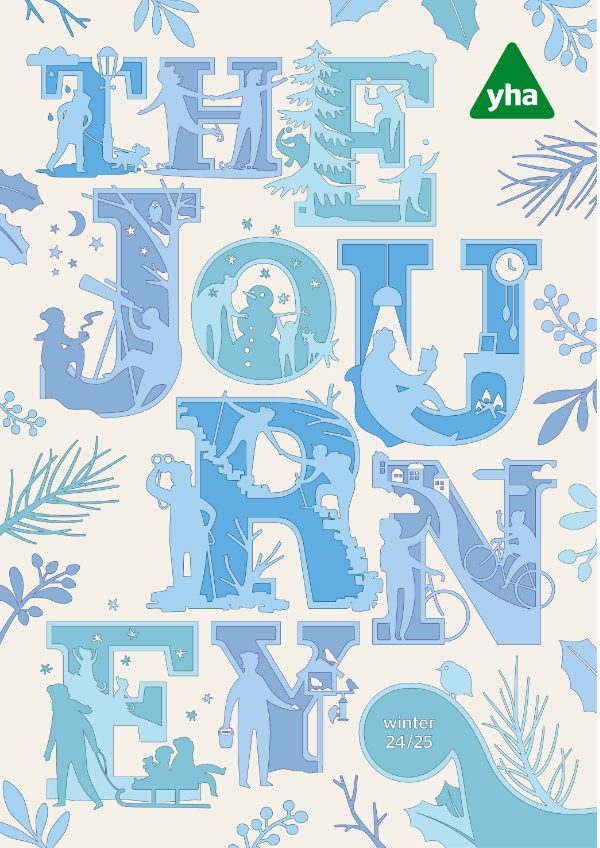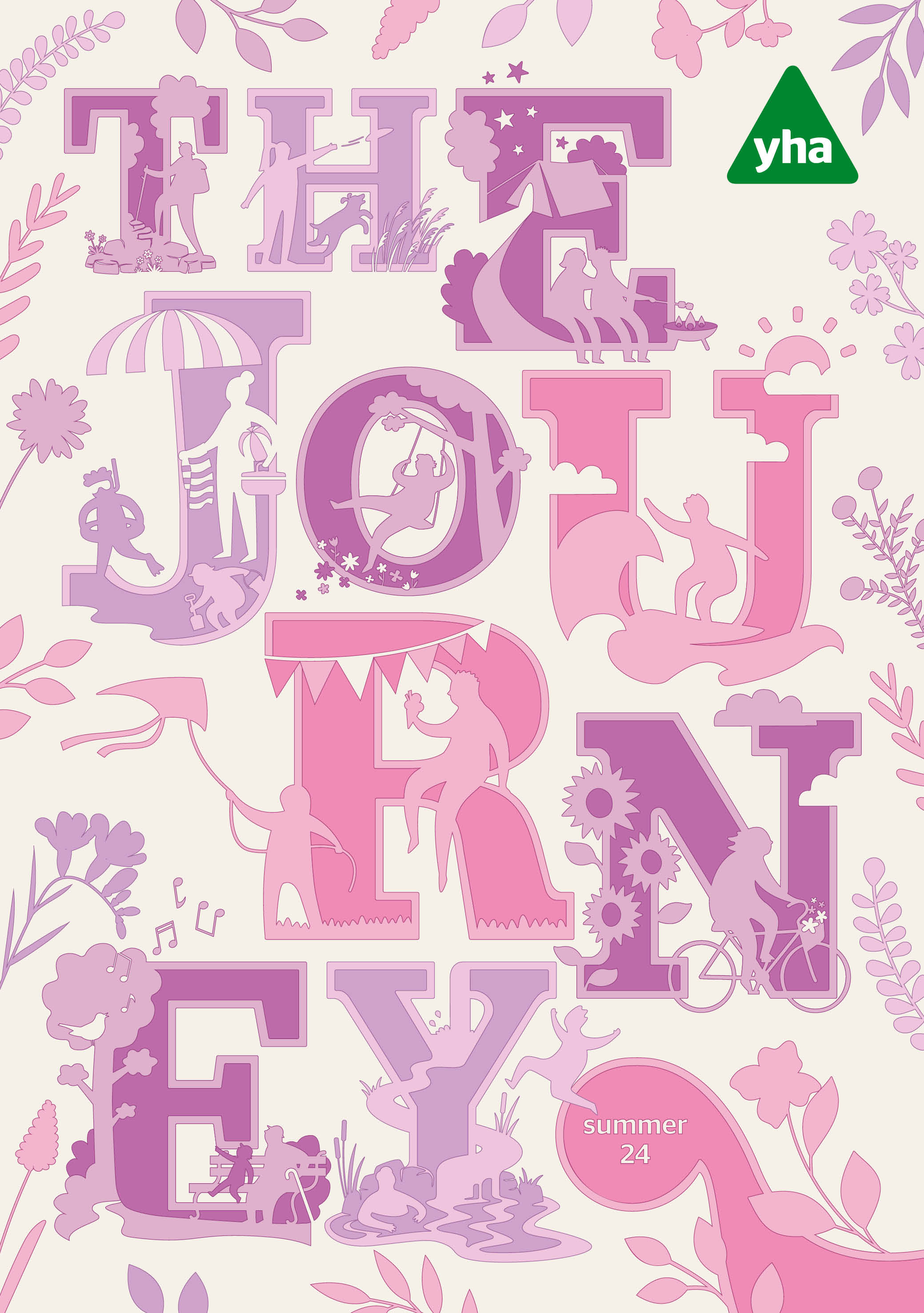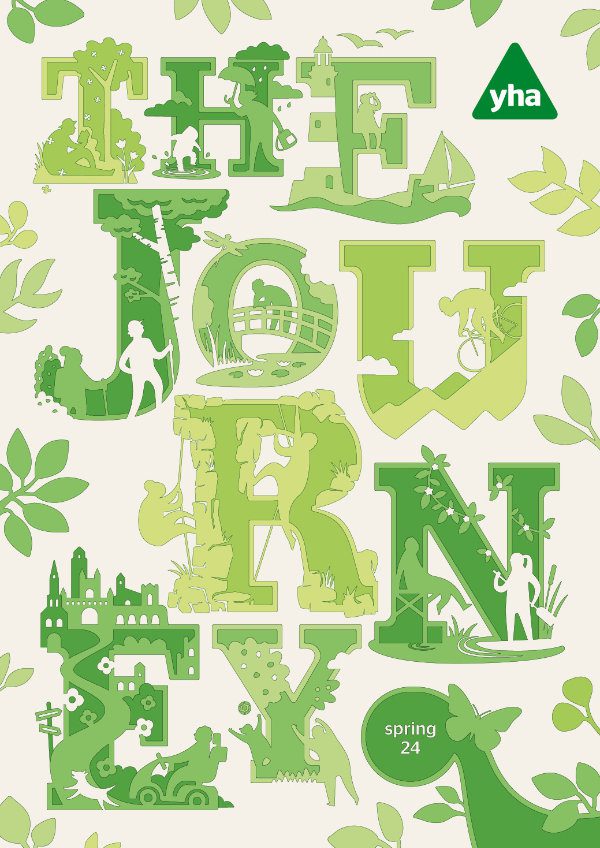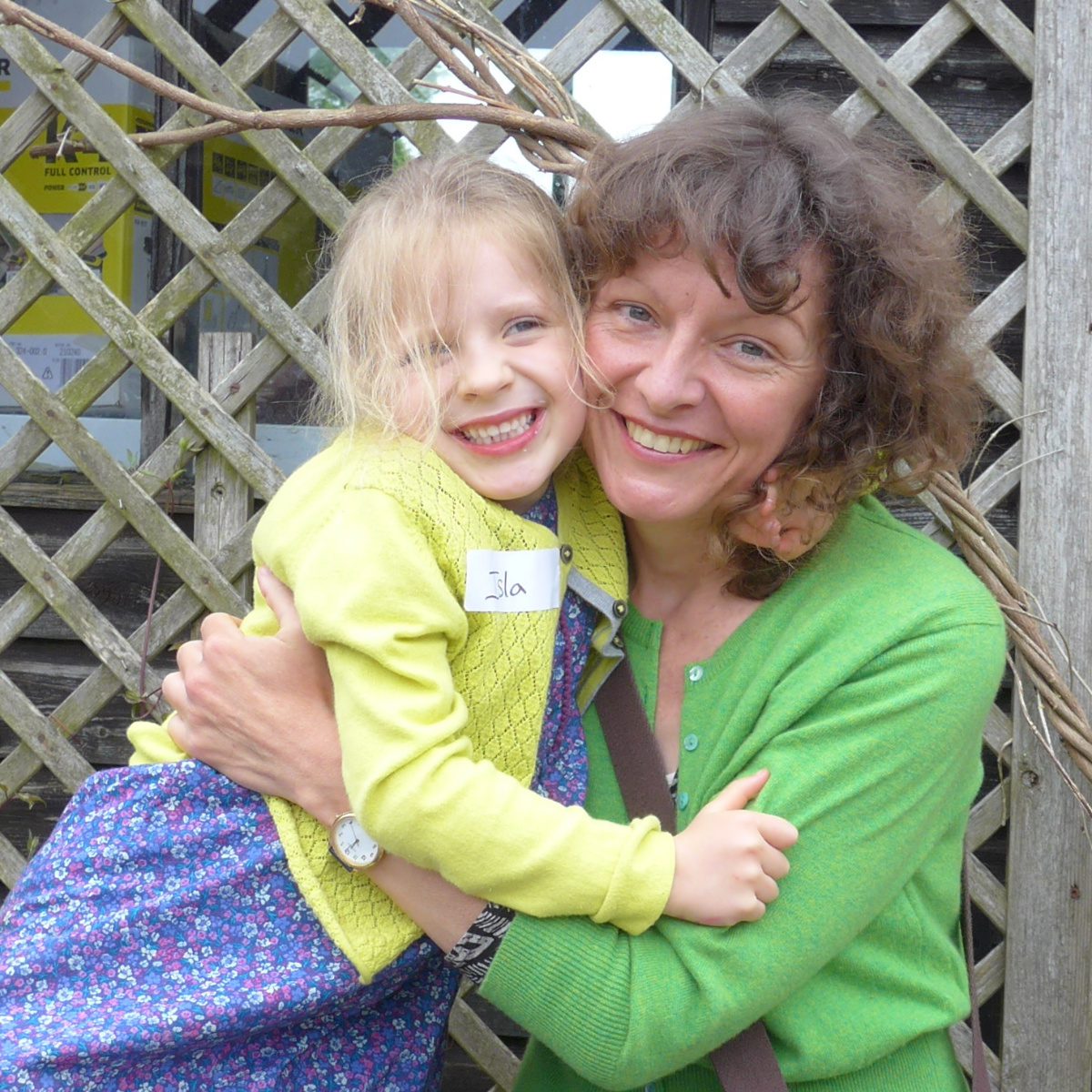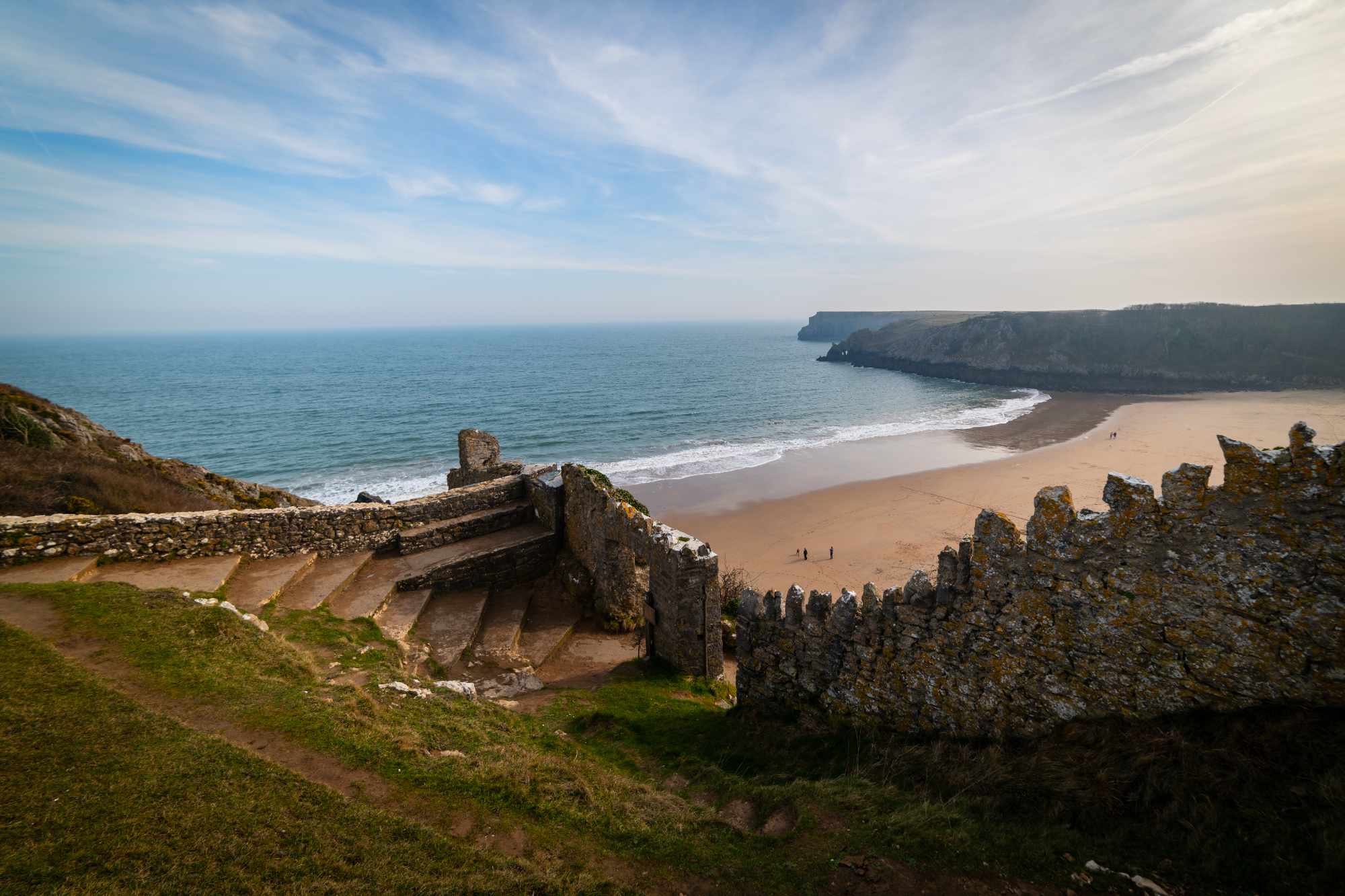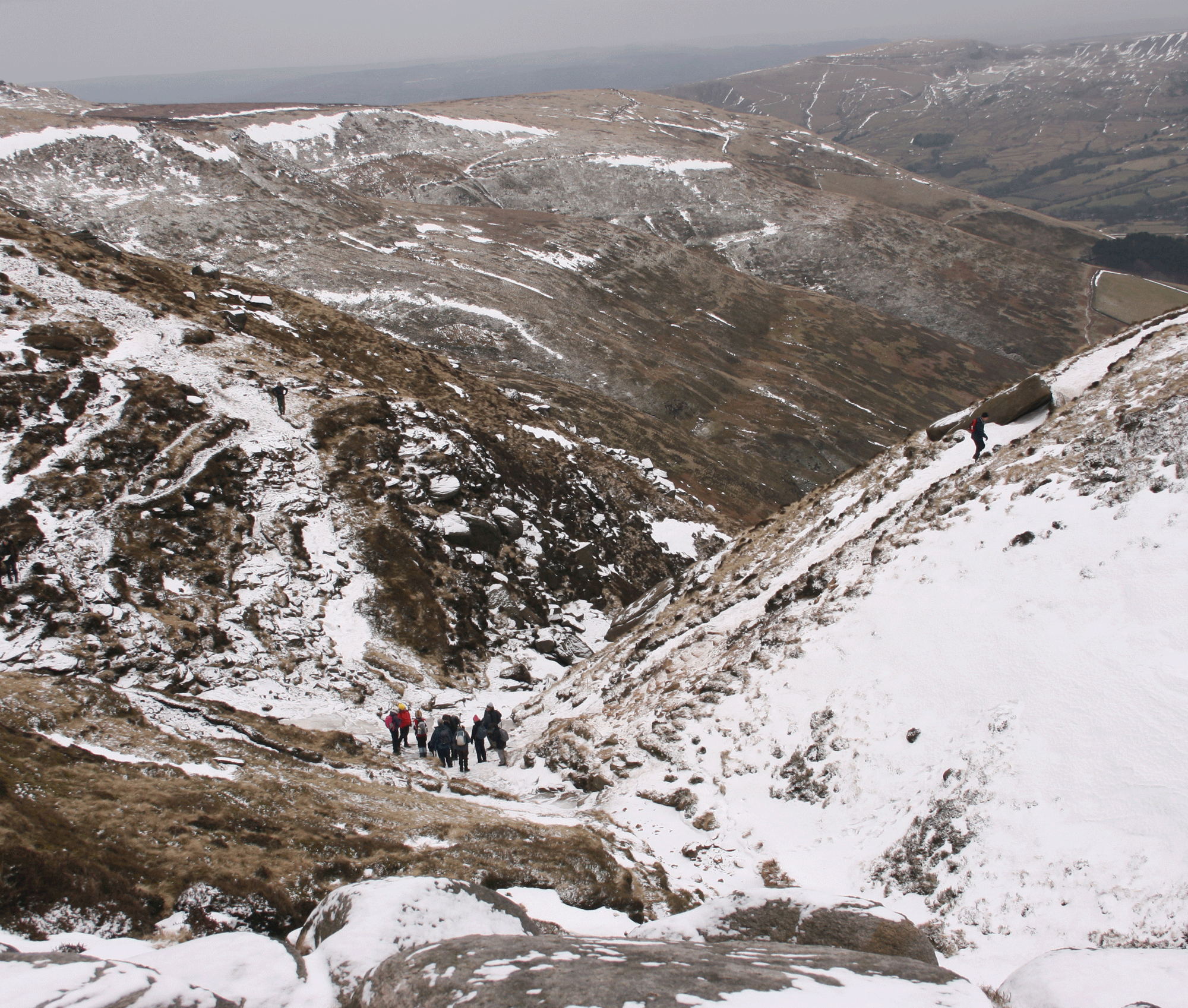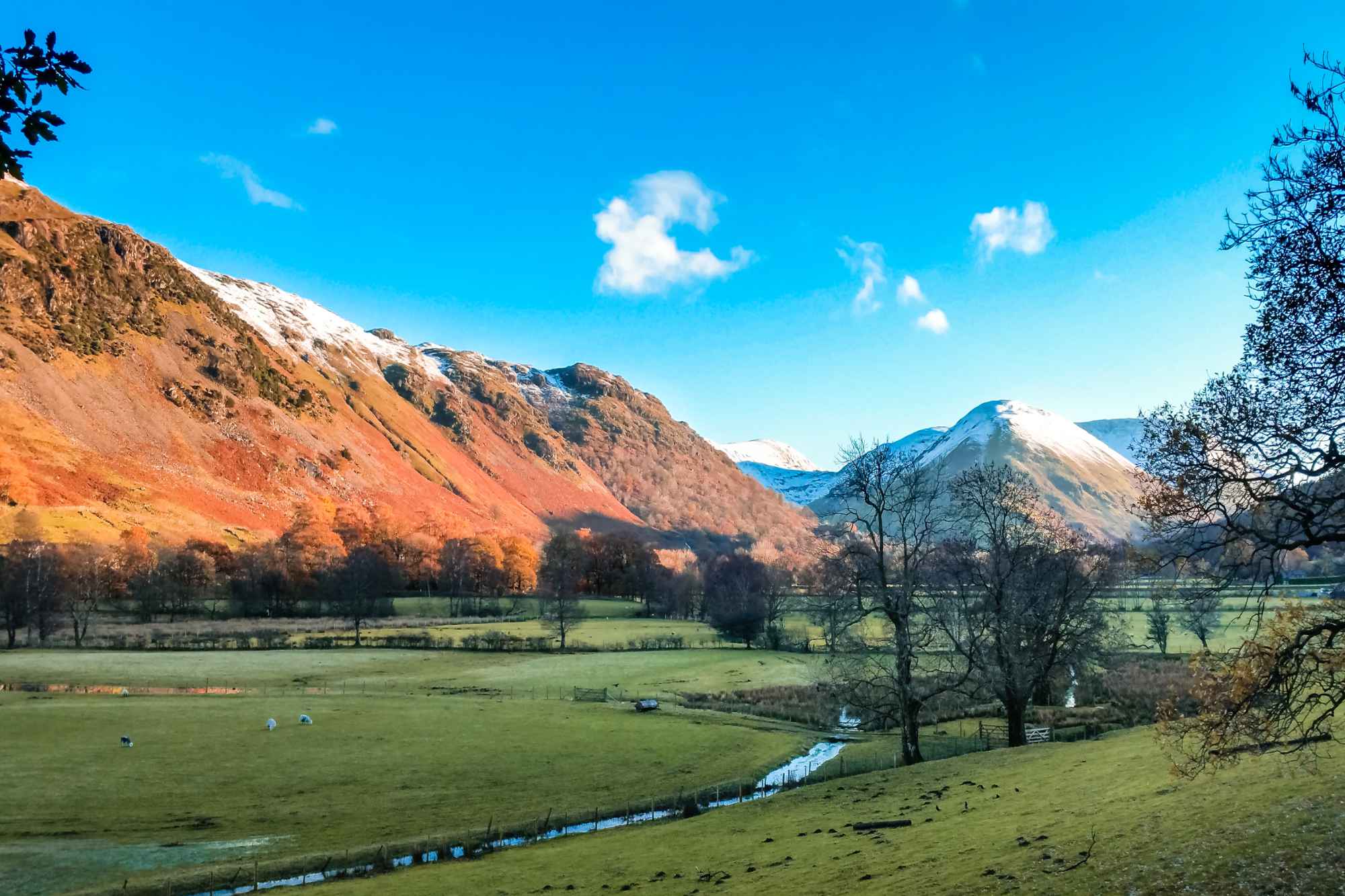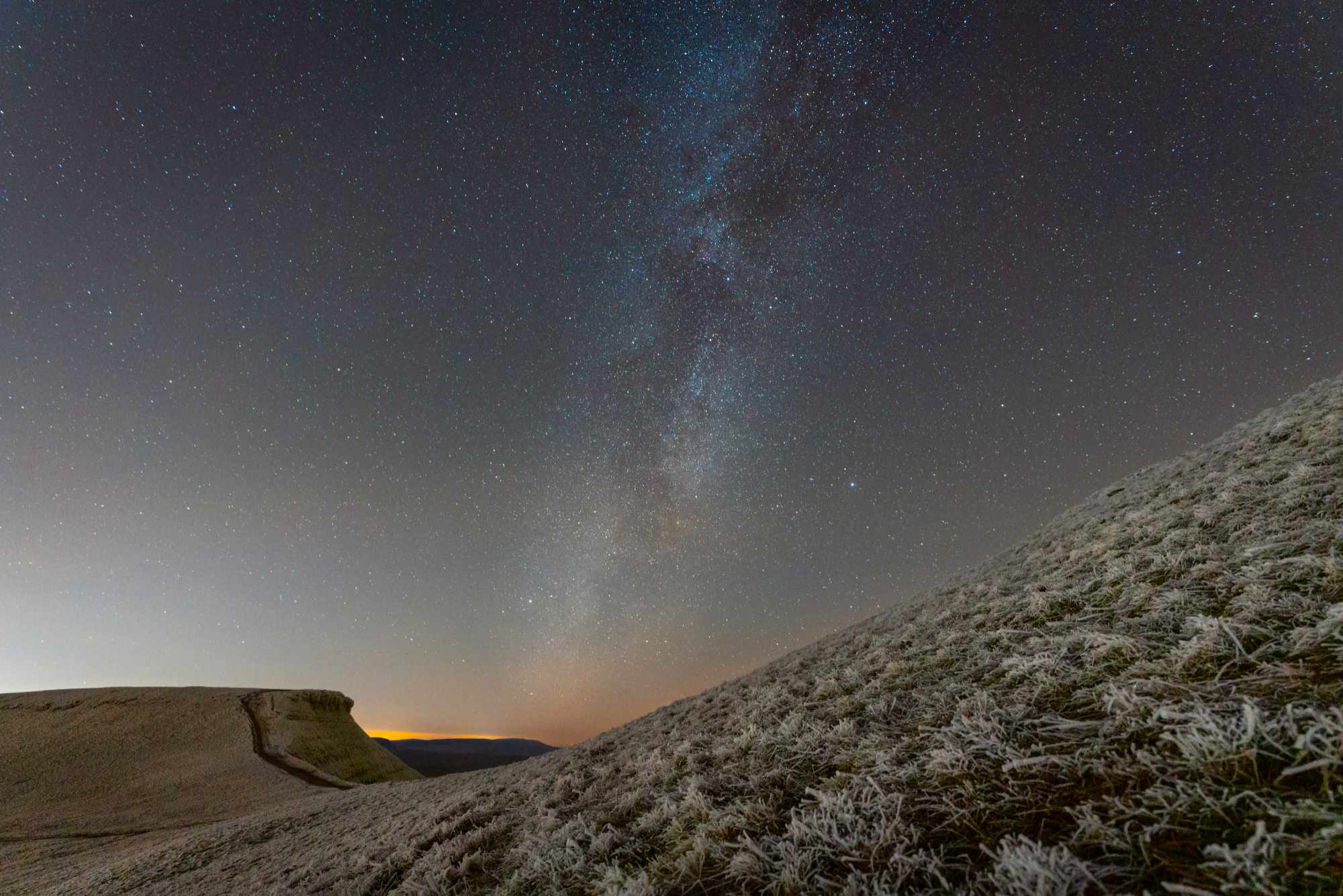You never know who you’ll meet in a hostel self-catering kitchen, and at YHA New Forest, at a certain time of year, you’re as likely to find yourself surrounded by ethereal creatures with wings and flowers in their hair as by hikers with backpacks and bobble hats. The New Forest Fairy Festival takes place in Burley each summer but this beautiful part of the country – with its rich history and folklore, and animals wandering everywhere – is magical at any time of year.
We knew we’d arrived when we rounded a corner to find two saddleback pigs fully engrossed in scoffing the autumn’s excellent crop of acorns. Further on a group of ponies with high vis neck bands were crossing the road with absolutely no sense of urgency; in the New Forest drivers of motor vehicles have to be cautious, and accept that life here proceeds at a much slower pace than it does in towns and cities.
The hostel is located in the heart of an ancient wood. We stayed in a comfortable bell tent, under an oak tree. It rained for a few hours each night but the water didn’t penetrate at all. Each morning we treated ourselves to an all-you-can-eat continental breakfast, being mindful not to open the door to the garden because of the sign about friendly squirrels monitoring our movements.
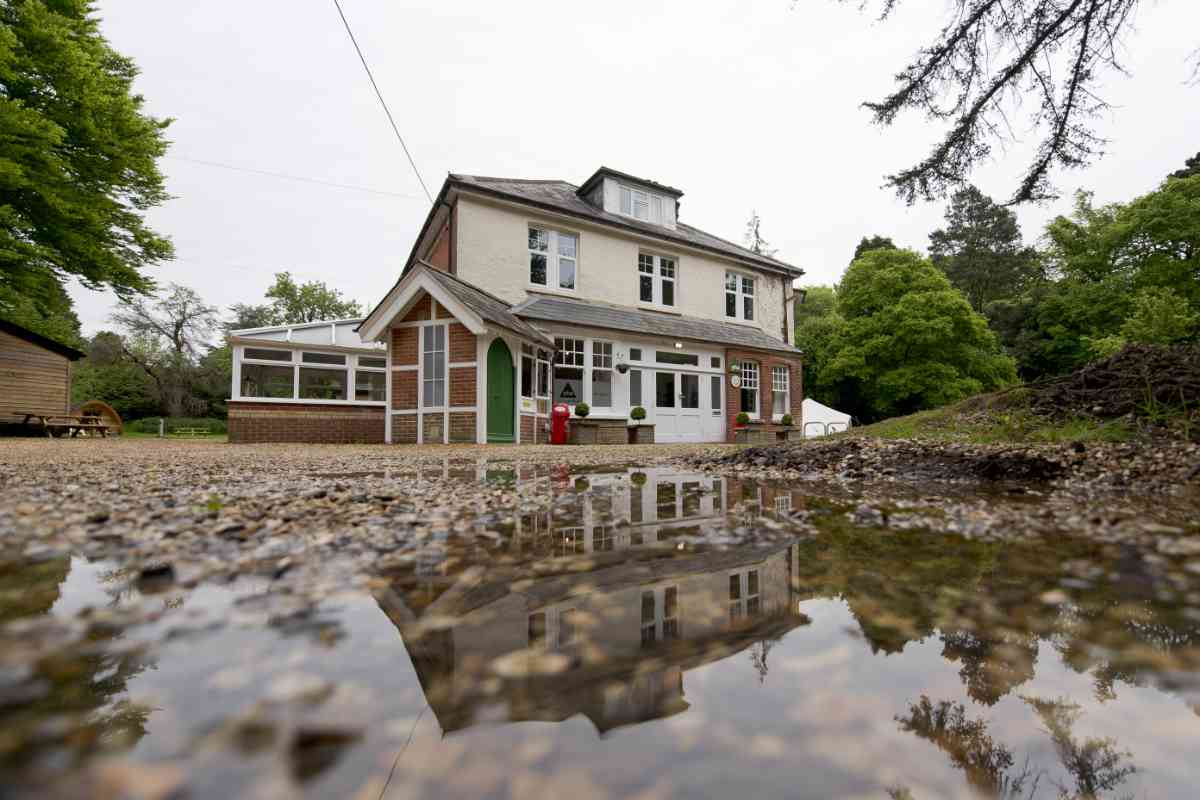
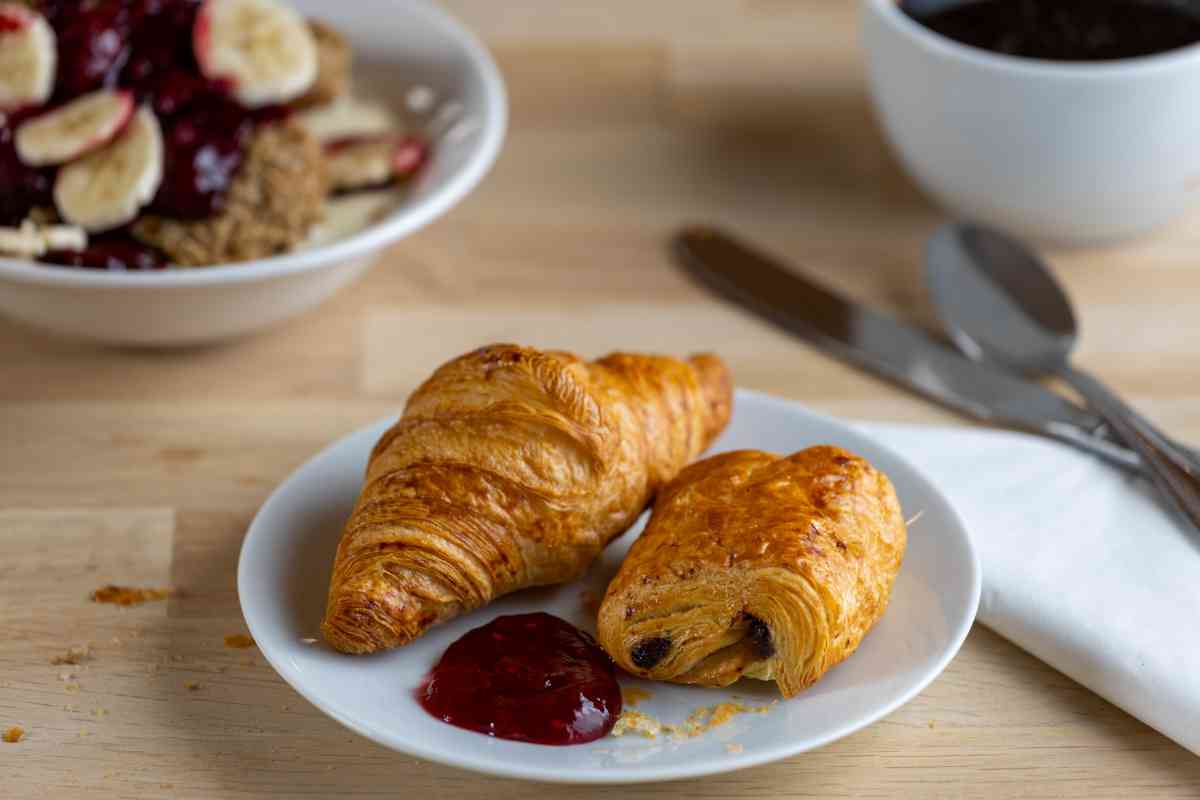
We had brought a book of walks, but the hostel manager kindly got out the OS map and showed us her favourite, which goes right from the hostel door. As it was late October the heather was nearly over, but the bracken, rose hips, crab apples, and bilberry bushes dotted the heath with colour. We joined the course of an old railway track and followed this through stands of lichen-covered silver birches. In the leaf litter we spotted the kind of toadstool that always appears in fairy tales: the red with white spots fly agaric (very poisonous!). The track led to the old railway station of Holmbury, now converted into a welcome cafe at the half way point of the walk.
Another enjoyable ramble starts half an hour’s drive away in Beaulieu. The ‘there and back’ route follows the course of the tidal Beaulieu River and its soundtrack is the gentle tap tapping of halyards on the masts of yachts; it was interesting to see the boatyards where they are built and repaired. At one point thunder and lightning drove us to shelter in a bird hide, from which we saw a reed bunting. After two and a half miles we arrived at the picturesque eighteenth century shipbuilding village of Buckler’s Hard, where some of Nelson’s most famous ships were built. Back in Beaulieu we didn’t have time to go to the famous motor museum but did visit Patrick’s Patch, a productive and colourful community garden that was bursting with ruby chard and flamboyant dahlias.
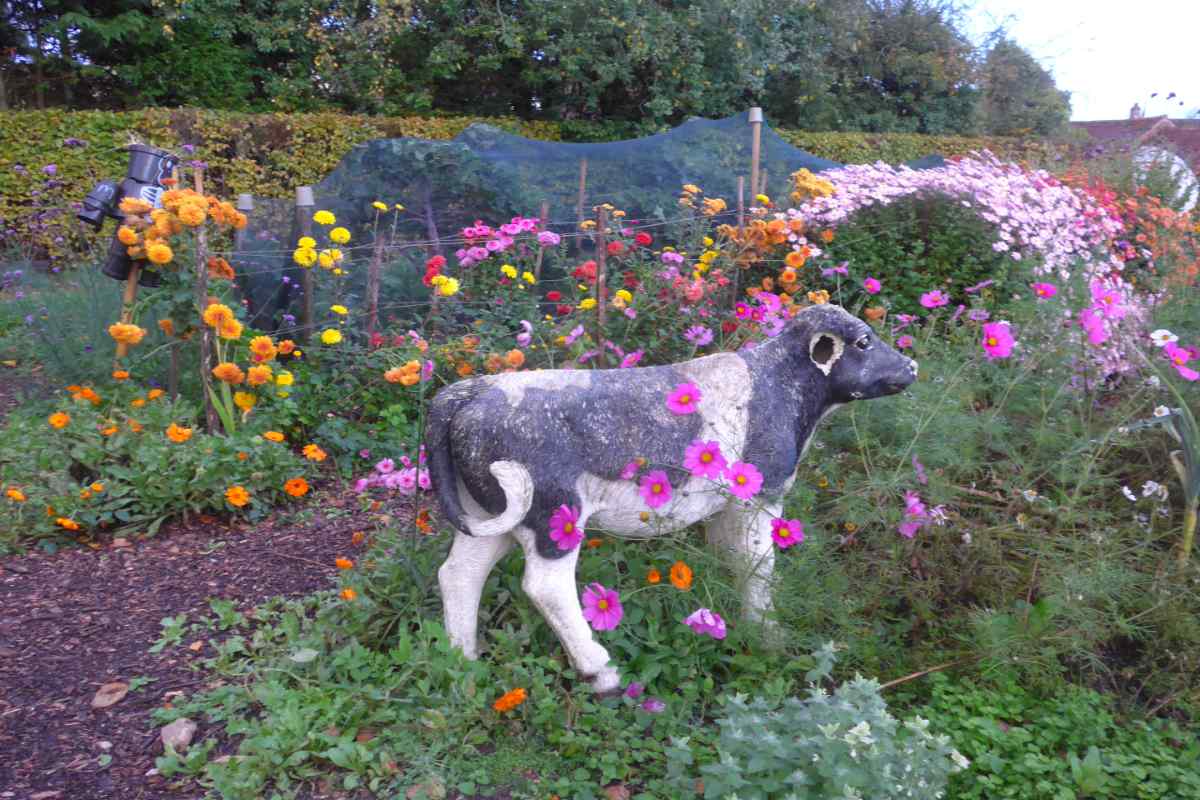
Our final day’s walk was through the salt marshes and lagoons that line the Solent, south of Lymington. Our children loved running along the sea wall and causeways under the big skies, scudding clouds, and long dappled shadows. We saw sand pipers, dunlins, and a white egret, and the fluffy seed heads of cotton grass. Now and then the Isle of Wight ferry lumbered past on its way to and from Yarmouth. Lymington’s cobbled streets lead down to extensive marinas and the oldest open air sea water baths in the UK, which, in their words, has been providing: “Rejuvenating family fun since 1833”.

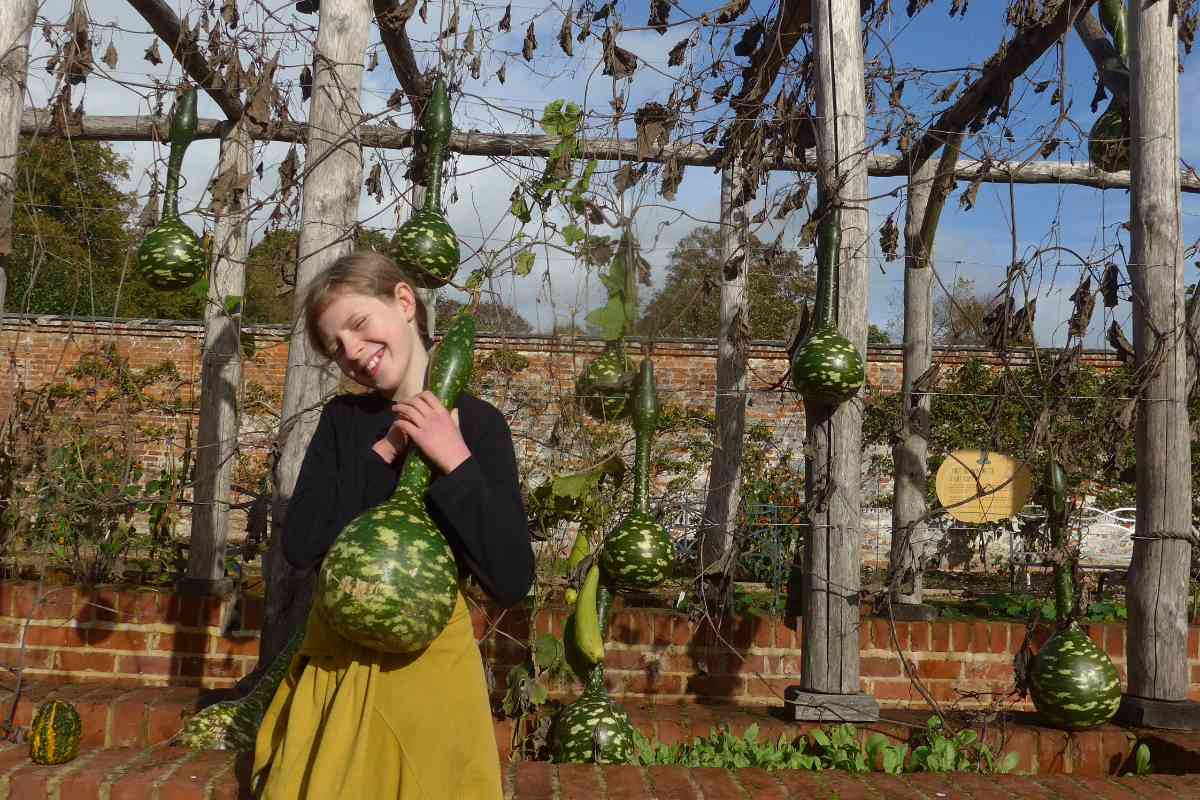
We broke our journey home at Mottisfont, an eighteenth century National Trust house near Romsey. In the walled garden we were allowed to pick up and feel the smooth and lumpy skins of a range of unusual pumpkins and squashes that had just been harvested. We also contributed to a collage of autumn leaves on which visitors had written poetic autumnal thoughts, and walked along the river under the golden plane trees.
Though we were only away for three nights we came back feeling like we’d had a real break, one that set us up to face the dark days leading up to the winter solstice.
